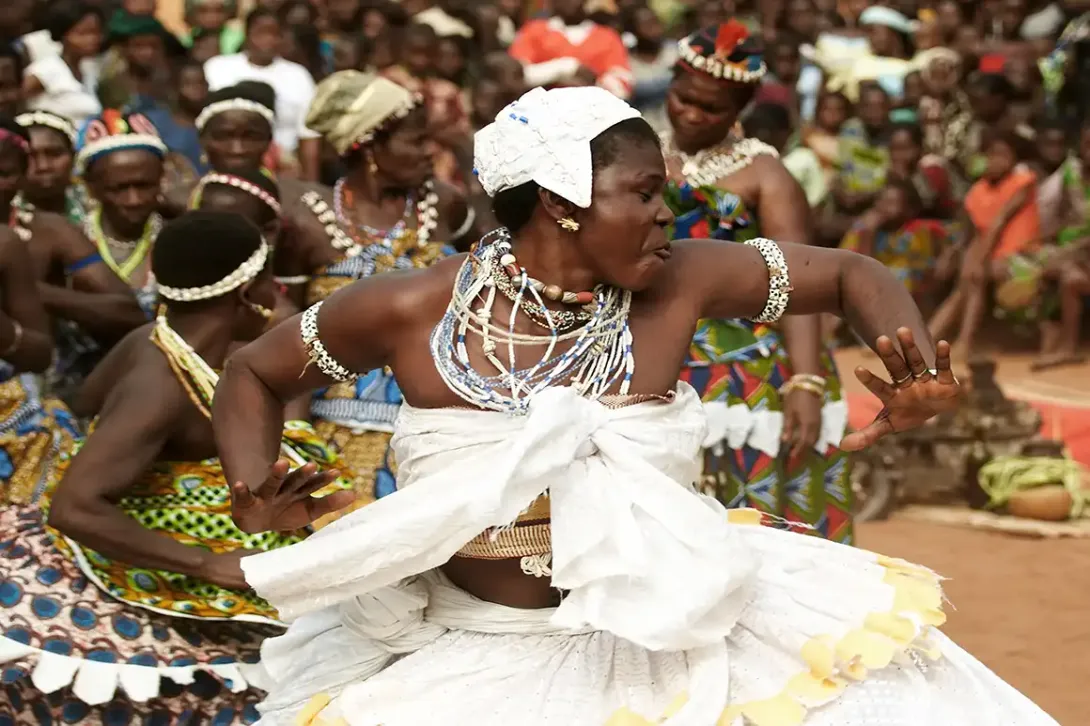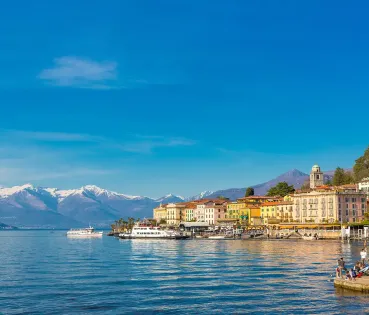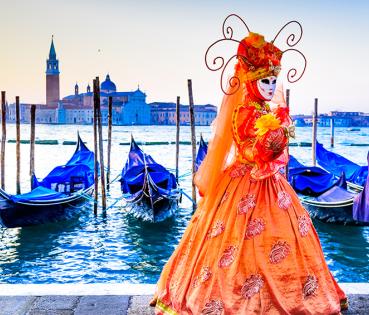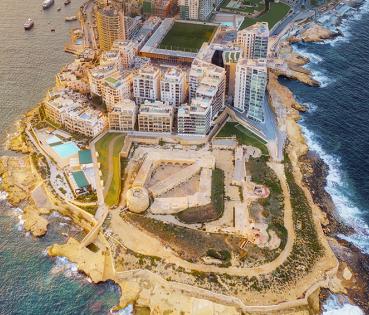
Benin. Spirits, Voodoo and Natural Wonders
Nestled between the Niger River and the Atlantic Ocean, the small state of Benin is one of the least known in Africa, although it hides many sights that are definitely worth a trip.
With a rich — and sometimes dark — history behind it, Benin it has managed to preserve many of its ancestral traditions almost intact. Travellers will come across traces of these traditions in every corner of the country; fetishism, masked dances and worshiping voodoo and the world of spirits are all present in the daily life of the Beninese.
In addition, the country boasts spectacular natural scenery, from the mountainous north to the baobab forests, with lagoons and marshes on which remarkable villages have been built or the wild and beautiful beaches surrounded by palm trees.
If you can choose, the ideal time to visit is between October and February: this is the dry season and the landscape is in its prime after the rainy season; March and May, on the other hand, are very hot, while between June and October there are frequent downpours.
Cotonou, the economic capital of Benin
A very convenient starting point for your trip is the lively city of Cotonou, the economic capital (the official one is Porto Novo). In addition to its cathedral, a mosque and the busy commercial port, the Fondation Zinsou, one of the pioneering cultural centres for contemporary art in sub-Saharan Africa, which will be making its debut at the Venice Biennale in 2024, is also worth a visit.
But, undoubtedly, the highlight for travellers who stop in this city is the Dantokpa market, one of the largest on the continent, with a fetish culture theme. Few can resist leaving without buying some of the intriguing amulets that lie in piles in the stalls.
One of the must-see attractions near Cotonou is tiny Ganvié, known as the 'African Venice', where bamboo huts perch on stilts over the waters of Lake Nokoué.

Its nearly 25,000 inhabitants settled on the lake centuries ago, fleeing from rival tribes who were chasing them to sell them to Portuguese slave traders; because of the lake's sacred status, their enemies dared not venture in to capture them, so they made this enclave their new home and got used to living in a floating city.
This town lives off fishing and tourism and can only be reached by boat, mainly on wooden canoes with outboard motors. The visit to the floating market held every morning is particularly interesting.
Here, starting very early, there is a colourful display of canoes, driven almost exclusively by women, brimming with fresh fish, fruit, vegetables, and spices.
Before leaving Ganvié, do not miss some of the local fish-based gastronomic specialties; given that this lake is unique in that it combines both fresh and salt water, you can taste countless species of fish here, usually served fresh or smoked with rice.
The former Kingdom of Dahomey
From Ganvié, you can set course for Abomey, which we will reach in less than three hours and where we will discover the history of the Kingdom of Dahomey, which was one of the most powerful empires of the continent thanks in part to its formidable army, which was entirely female.
The story of these iconic amazons was told on the big screen two years ago in The Woman King, a film that boosted visits to the World Heritage-listed Royal Palaces of Abomey.
By 2025, the Museum of the Epic of the Amazons and the Kings of Dahomey is scheduled to be opened in this palace complex, which, in addition to commemorating the splendour of this civilization, will exhibit related works of art that have been returned by France, a return that Benin had been demanding for decades.
Another real gem located in the north of the country is the Pendjari National Park. Located between the rugged Atakora Mountains and the fascinating savannah, this wildlife reserve with a surface of almost 3,000 square kilometres has benefited in recent decades from the efforts of local authorities aimed at its recovery.
It is one of the best in West Africa and is home to cheetahs, lions, leopards, elephants, baboons, antelopes and countless birds and other species. Late in the dry season, when the animals congregate at the watering holes, is when it is easiest to see them.
Without leaving the north, it is also essential to spend some time exploring Somba country. The Somba are a people with primitive rituals and live in tambas, unique dwellings that look like tiny castles made of adobe, straw and mud.

La capital del vudú
However, if there is one place that you really can’t afford to miss, it is Ouidah, the capital of voodoo. These animist practices extend far beyond the dolls with pins stuck in them, which is the widespread image; here it is the official religion and is practiced by 60% of the Beninese.
Every January 10, thousands of people attend the Ouidah Voodoo Festival to receive the blessing of the supreme priest of this religion: after sacrificing a goat to honour the spirits, everyone drinks gin and sings and dances to the rhythm of the drums.
Apart from the festival, you can get to know Voodoo better at the Temple of the Pythons, dedicated to the divinity Dangbé, where priests offer guided tours and where dozens of snakes, considered semi-sacred by the Beninese, live.
In the sacred forest of Kpassè, meanwhile, you can wander among statues sculpted by local artists representing the gods of the Voodoo pantheon.

Finally, you really shouldn’t leave Ouidah without paying tribute to the suffering caused by what was the darkest page in this country's history: the slave trade.
On the beaches of the town there is a monument at what was called the 'Gate of No Return', which marked the point where the kidnapped and enslaved local population was forced to board the ships headed to the New World, never to return.
A chance to reflect on the darkest aspect of human nature, bringing to an end a trip from which, undoubtedly, we will return with many unforgettable images registered in our memory.




